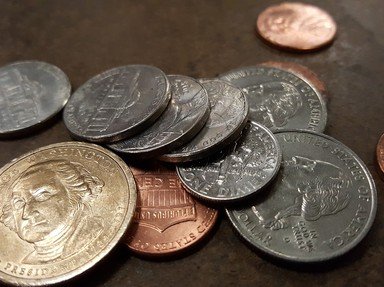Quiz Answer Key and Fun Facts
1. Why is the American ten-cent coin called a dime?
2. When did Roosevelt's face first appear on the front (obverse) of the dime?
3. Which of the following is NOT part of the reverse design of the Roosevelt Dime?
4. Before the Roosevelt Dime, there were several other varieties of the 10-cent coin. In order, they were: Draped Bust, Capped Bust, Seated Liberty, Barber, and Mercury. Which one of these names was a misnomer?
5. If you come across a Mercury dime dated 1923D, what have you found?
6. If you come across a Roosevelt dime dated 1982 (no mint mark), what have you found?
7. What is the silver content of a dime minted before 1965?
8. What is the composition of a dime minted after 1965?
9. An extremely rare coin is the 1894-S Barber dime. Only 24 were minted, all proofs. How many were known to still exist in 2012?
10. Why did the release of the Roosevelt dime trigger rumors of a Communist plot?
Source: Author
Eraucci
This quiz was reviewed by FunTrivia editor
ozzz2002 before going online.
Any errors found in FunTrivia content are routinely corrected through our feedback system.

